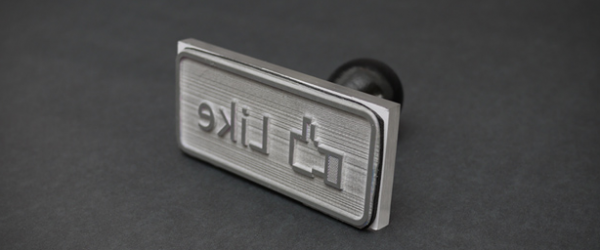
To Like and To “LIKE”
Culture, DigitalIf I truly like it, I won’t ever “LIKE” it.
That’s the mantra I abide by in my life in the digital plane. Sounds counter-intuitive? There is a not too absurd marketing logic hiding in that.
The other day, I was reading an op-ed penned by Martin Lindstrom, the brand maven, in which he was also “promoting” his latest book “Brandwashed.” It interested me enough to go to his Website, and hit the “Free Excerpt” tab. A simulacrum of a book opened up. I flipped through its pages quickly, only to realize that what I’d read so far, was only the foreword, and strictly-speaking, not the “excerpt.”
For taking a peek into the book’s contents, written by the writer, I’d have to do him a small favor. At the bottom of the pixilated page, was a fairly conspicuous fine print that read:
“Want to read more? Exclusive to my Facebook fans only. Unlock your chapter by clicking here.”
Where? It prompted the reader to click on the familiar little blue-and-white “LIKE” icon. Pressing one’s index finger to that, ever so lightly, would take one to “LIKE Land.” Tell me if my logic is foolishly flawed, but as I see it, the “excerpt” isn’t at all, “free.” One pays for the privilege of glimpsing the first few pages by “liking” the book.
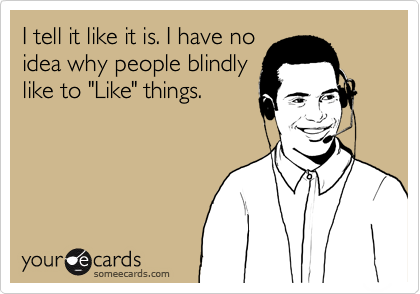
I chose not to “LIKE” it. As my punishment, I didn’t get to see the “excerpt.” It’s a decision I don’t regret. Many will “like” the book absentmindedly, and the swell the ranks of the “like-ers.” But they won’t go beyond—i.e. bother to browse it, read it, and let alone buy it—acts which would add nickels and dimes to the author’s royalty and the publisher’s profits.
There are burgeoning statistics on when, how, and why people interact with various brands streams on Facebook. E-mail marketing firm ExactTarget has studied the usage patterns of 1,500 Facebook users, and concluded, based on that sample, that 38 percent of the U.S. consumers “like” a brand on Facebook. The average fan “LIKES” nine different brands. What motivates them to do so? 40 percent do so to receive discounts and promotions, 36 percent to get freebies, and 13 percent to know the brand better.
Which prompts me to ask: How much of that digital devotion translates into brand loyalty? How much of it materializes into purchasing decisions? If not, then, merely “liking” a company, a brand, a product, an organization, or a cause, becomes the consumer equivalent of saying “I love you” minus the emotional sincerity—mere rhetoric.
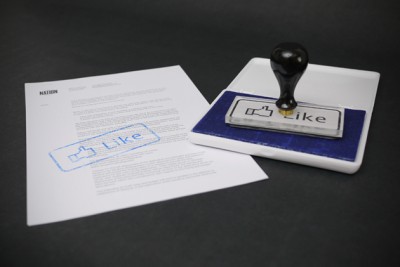
My story is the converse.
I do, in fact, very much like Lindstrom’s thoughts on branding and neuromarketing. I’ve read his previous bestseller, “Buyolgy” almost hanging on to every word. As a matter of fact, I even own a copy of this book with its sunshine-yellow dust jacket. In all probability, I’ll read “Brandwashed.”
I am fond of a formidable assortment of material pleasures far too numerous to enumerate. Yet on Facebook, I scrupulously avoid awarding brands I genuinely like, each a “LIKE,” for fear that once I do so, I may end up not liking them outside the social network space. When one is relentlessly bombarded by promotional poppycock, which is what most brands do, it’s hard not to see them as pests.
Then again, I deeply believe that the very act of “LIKING” anything changes its appeal in my eyes. It, no doubt, has the potential to elevate little-known companies and faddish merchandise (think: a company that sells Mohair bikinis) and help them spread the word on low advertising budgets. But in the same breath, it also trivializes exalted and well-known entities (think: the Nobel Committee), whittling down their gravitas and cache and turning them into ephemera. Moreover, it’s absurd to “LIKE” agencies or events that have a moral dimension (think: Holocaust).
The “LIKE” and “DISLIKE” (should one appear in the future) buttons reduce our evaluation of what’s good and what’s bad to wincingly simplistic levels, compelling us to think of life only in terms of binaries.
That said, I’m not afraid to ask my reader to “LIKE” my piece. Do you smell hypocrisy here?






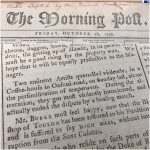






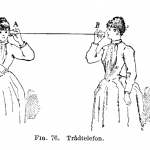
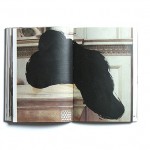



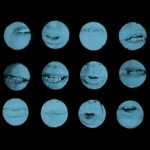

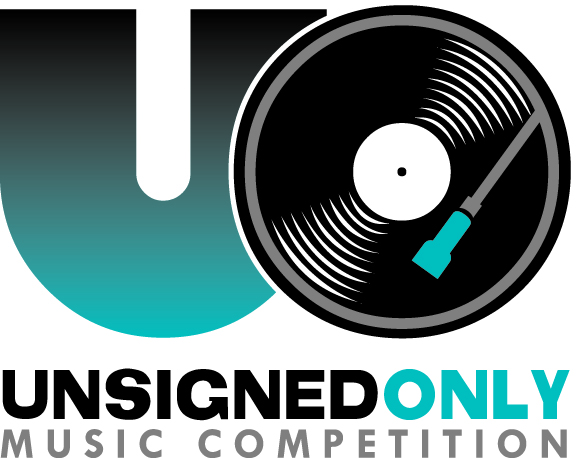


[…] ZOUCH, November 8, 2011. […]